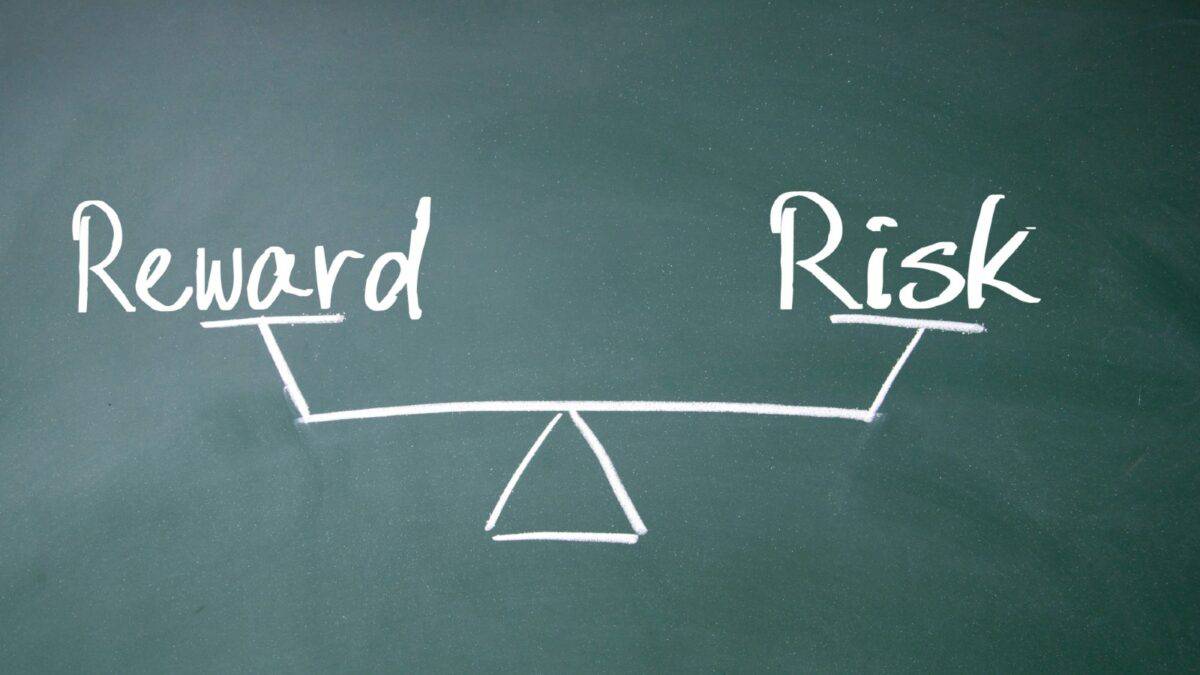Looking at some of the high-yield FTSE 100 shares available right now can be mouth-watering.
From M&G at 10.3% to the 8.7% on offer at Legal & General, I am tempted to top up some of my existing holdings as well as adding new shares to my portfolio.
But lots of sophisticated investors are looking at the same opportunities and do not seem to be bargain hunting.
Take Vodafone for example. Despite a 10.7% yield, it is close to its one-year lows.
That might be because investors perceive that such high-yield shares carry exaggerated levels of risk.
But is that always so?
Understanding high yields
A share might offer a high yield for a variety of reasons.
Sometimes it can be because it operates in an unfashionable industry. I think that partly explains why cigarette maker Imperial Brands has an 8% yield.
But it can also be because the City is factoring in the risk of a dividend cut. That often means a share price moves down, pushing up the yield. Such an investment can turn out to be a value trap. If a dividend cut comes, not only does the yield fall, the share price can also tumble.
Again, Imperial can help illustrate. Yes it has an 8% dividend yield. But the shares have lost 37% of their value in the past five years. In 2020, the dividend was cut by a third.
Hunting for outliers
Clearly, then, in some cases high yields can reflect the perceived risks of a dividend cut. Some high-yield shares are definitely high risk.
But are there possible exceptions?
Consider Vodafone again. With a new chief executive in place this year, the company’s annual results would have been the perfect moment to announce a new dividend policy and cut the payout.
Yet that did not happen, even though the telecoms operator has past form when it comes to dividend cuts. The company is stripping out costs and trying to improve its financial performance. That might help it support the payout in future.
A cut could still come at any time. Sometimes, high-yield shares issue a profit warning and simultaneously signal a likely dividend cut or cancellation. Financial services provider Direct Line did that this year.
But sometimes, a high-yield share can be an outlier: investors assess that the dividend is at higher risk than turns out to be the case.
Double-digit dividend yield
In fact, I think M&G could end up being an example of that.
Its double-digit yield suggests that investors are pessimistic about the outlook for the dividend.
The company has affirmed its policy of maintaining or raising the annual dividend, although that is never guaranteed.
Last year saw a 6% increase. The company also spent half a billion pounds last year buying back its own shares. I take that as a sign of management confidence in the firm’s prospects.
M&G could still end up cutting its dividend, of course. A weak economy might lead investors to withdraw funds, hurting revenues and profits. Still, for now, I am hopeful that my M&G shares will keep paying out at or above their current level in years to come.
With careful investigation, I think it is possible to find some high-yield shares that match my risk tolerance.








